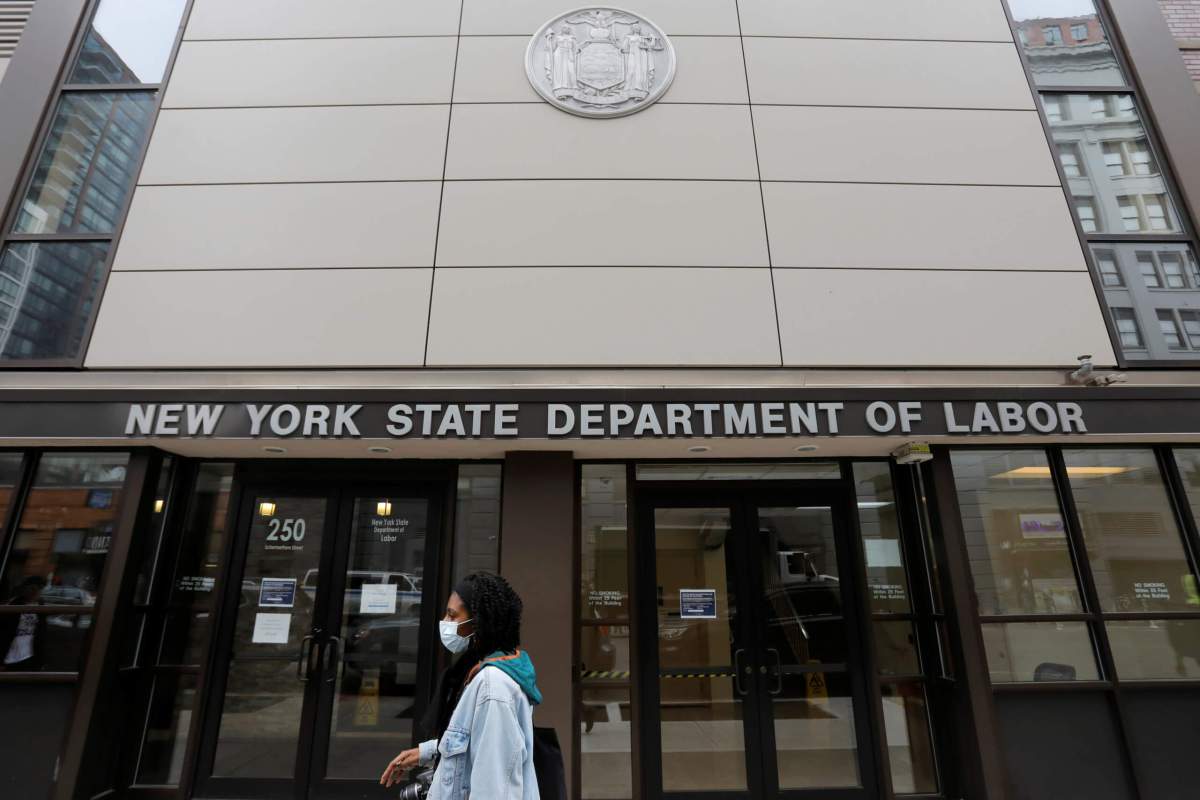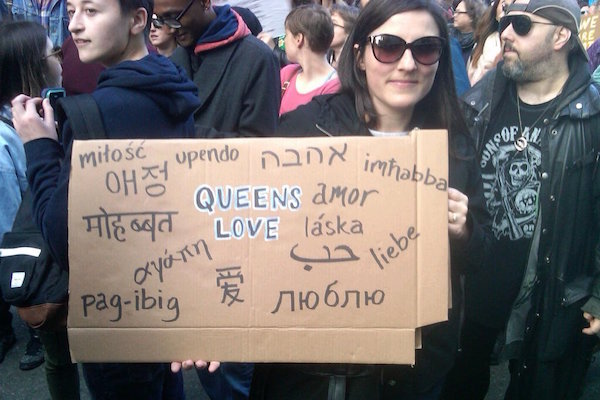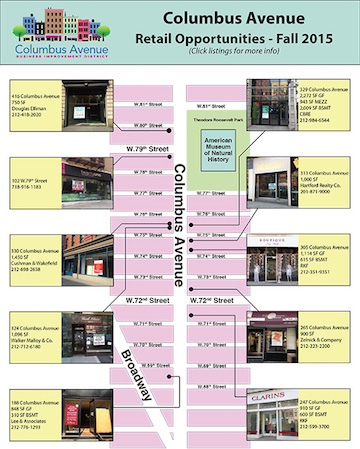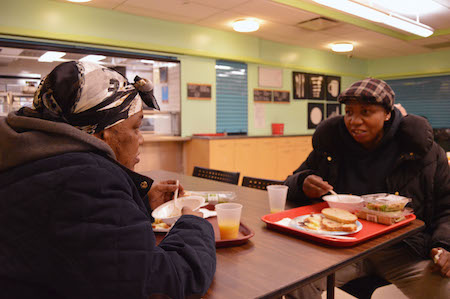Nearly one in four New Yorkers of color wound up losing their jobs due to the economic strife connected to the COVID-19 pandemic, according to a new report that City Comptroller Scott Stringer released on Monday.
Stringer’s “Popular Annual Financial Report” generally outlines the city’s spending and economic performance over a given fiscal year, but his report for the 2020 fiscal year (which ran between July 2019 and June 2020) paid particular attention to the city’s financial response to the pandemic.
New York City was economically devastated by the pandemic, as businesses closed down en masse back in March due to new capacity restrictions and other regulations designed to stop the spread of the highly contagious and deadly virus.
That led to significant job losses across the board; Stringer’s report indicated that the city’s unemployment rate, which had reached an all-time low of 3.4% in February, soared to 20.3% by June.
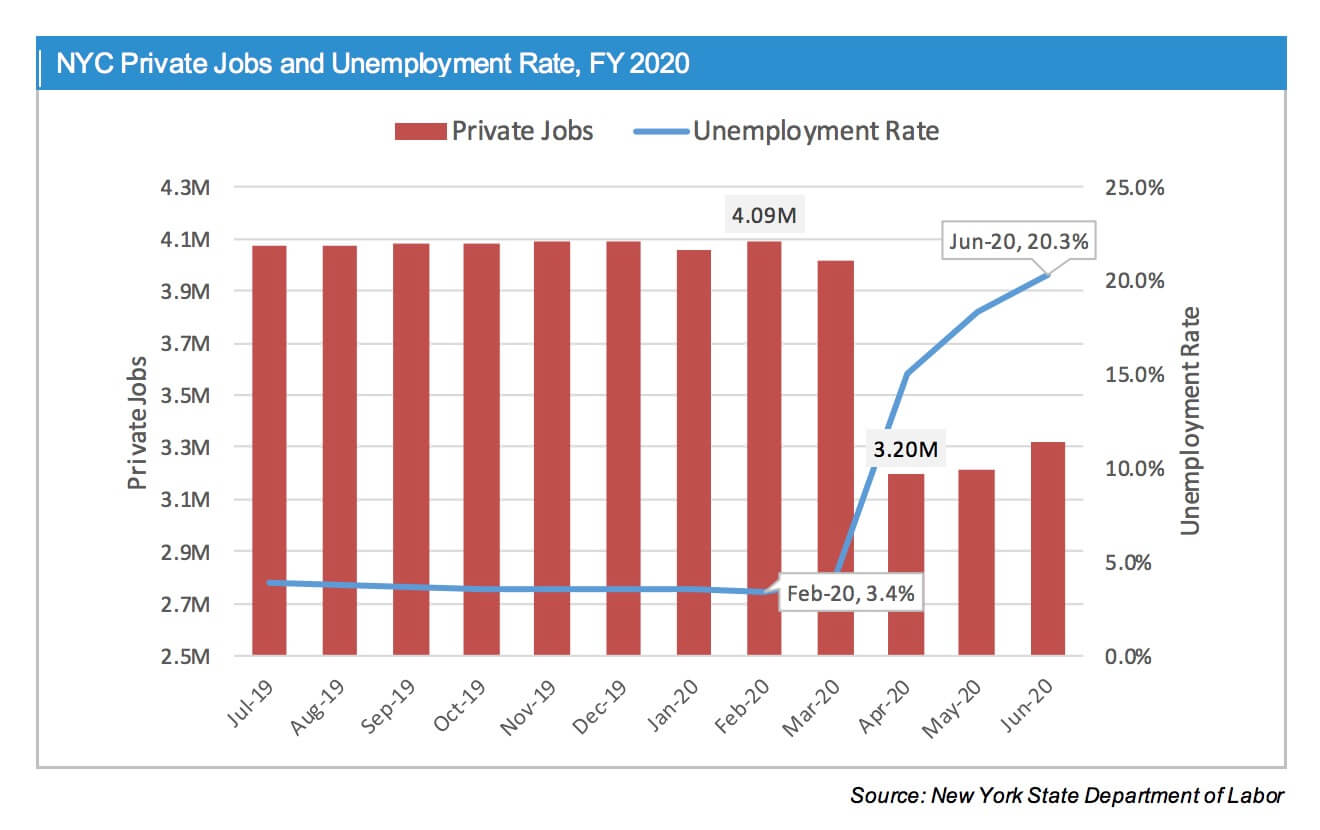
But those losses disproportionately impacted low-wage service sectors and communities of color across the city, according to Stringer.
While the unemployment rate for white New Yorkers jumped from 2% in February to 14% in June, the jobless rate for Black, Hispanic and Asian workers skyrocketed far more dramatically. Unemployment within the Asian community jumped from 3% in February to 26% in May; Hispanic unemployment rose five-fold, from 5% in February to 25%; and jobless rates among the Black community soared from 4.6% in February to 24.3% in June.
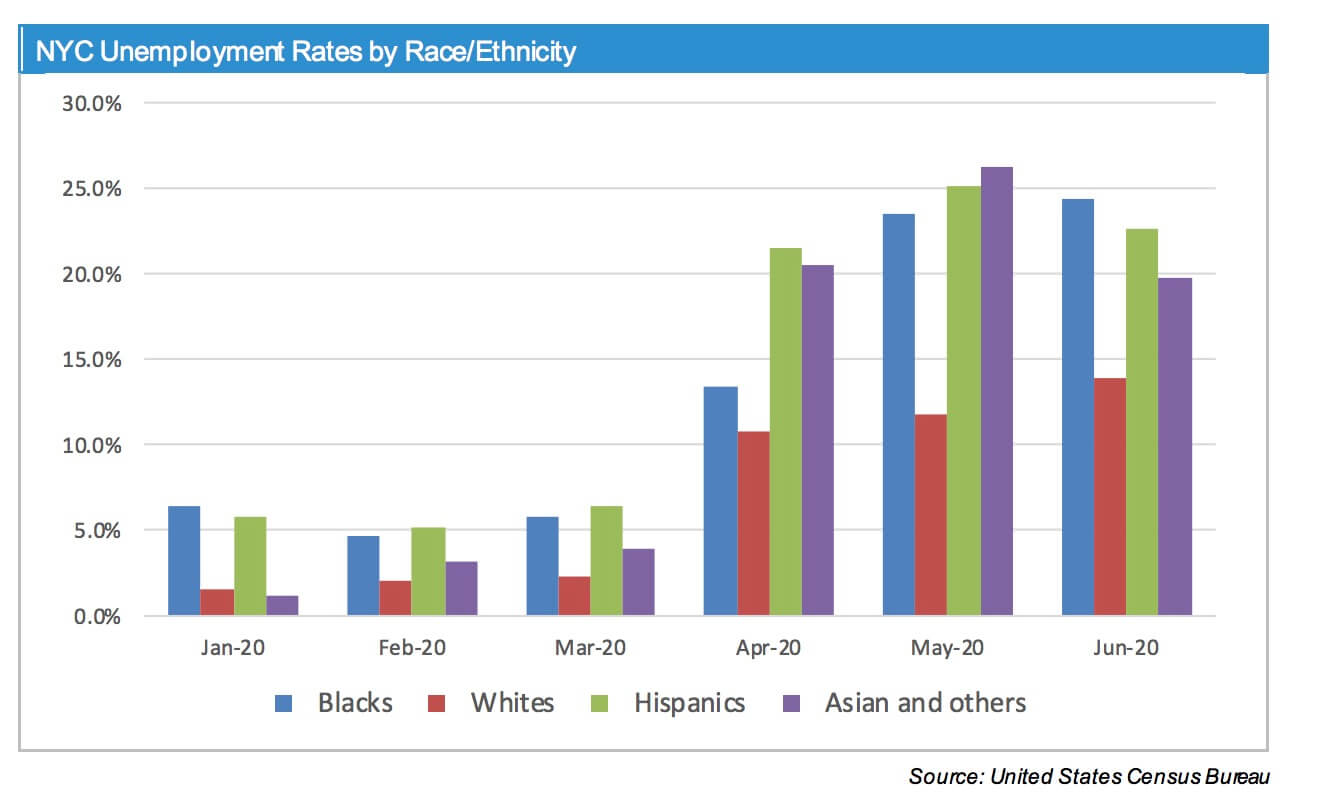
All told, the city’s economy bled nearly 900,000 private sector jobs between February and April thanks to the COVID-19 pandemic, which Stringer described as a record-setting job loss for the city. That occurred after the city set economic records during the first eight months of Fiscal Year 2020 for private sector jobs (4.1 million) and low unemployment.
Not surprisingly, the service sector — including restaurants, bars, hotels, retailers and entertainment venues — have been the slowest to recover, given that they were shut down for months due to pandemic restrictions. Stringer reported that jobs in this sector were down in June by 41% from the number recorded in February.
By contrast, office-sector jobs in businesses such as financial services, information, science and technology, suffered only a 7% drop in jobs.
Meanwhile, Stringer reported that the city spent more than $2.6 billion in Fiscal Year 2020 to meet the COVID-19 pandemic crisis. The largest chunk of that funding (22.8%, more than $597 million) was spent by the city’s Department of Citywide Administrative Services for the purchase of personal protective equipment (PPE), ventilators, respiration equipment and COVID-19 test kits.
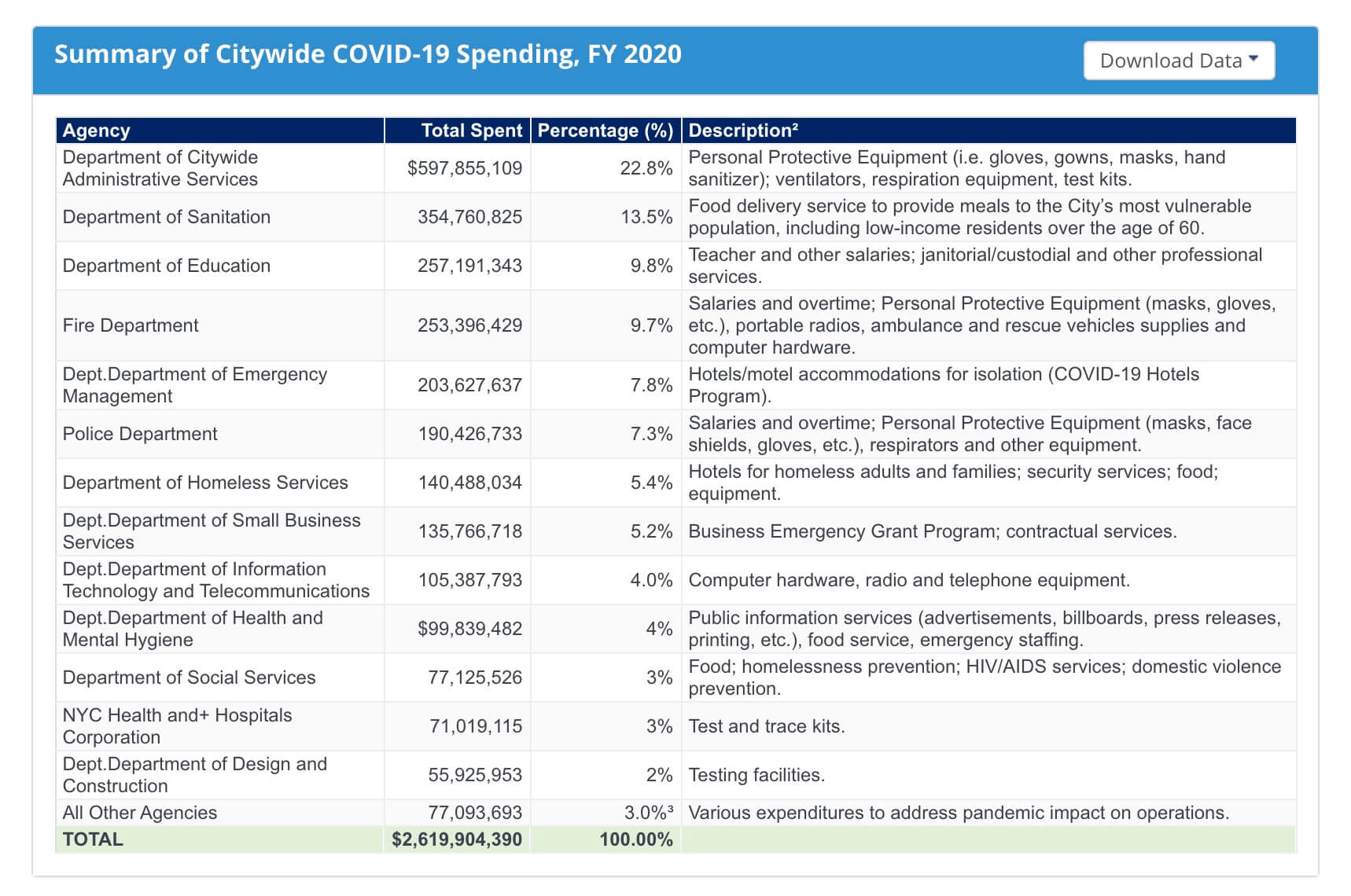
While overall tax revenue returns for the city were solid for Fiscal Year 2020 ($95.8 billion), the economic strife contributed to expenses of more than $99.9 billion.
You can read the full report on the comptroller’s website, comptroller.nyc.gov.



